YTC Ventures Trending News | Technocrat’ Magazine
22 Oct 2025
Tropical Storm Melissa, a rapidly intensifying weather system churning in the Caribbean, is capturing widespread attention due to its potential to escalate into a formidable hurricane by the weekend.
As of Tuesday evening, October 21, 2025, this dynamic storm is located approximately 300 miles south of Haiti, boasting sustained winds of 50 mph and moving westward at 14 mph.
Meteorologists and climate experts are sounding alarms over its unpredictable path and the severe dangers it poses, particularly to vulnerable Caribbean regions like Haiti, the Dominican Republic, and Jamaica.
The storm’s trajectory remains uncertain, fueling concerns about catastrophic impacts, including torrential rainfall, flash flooding, and devastating mudslides.
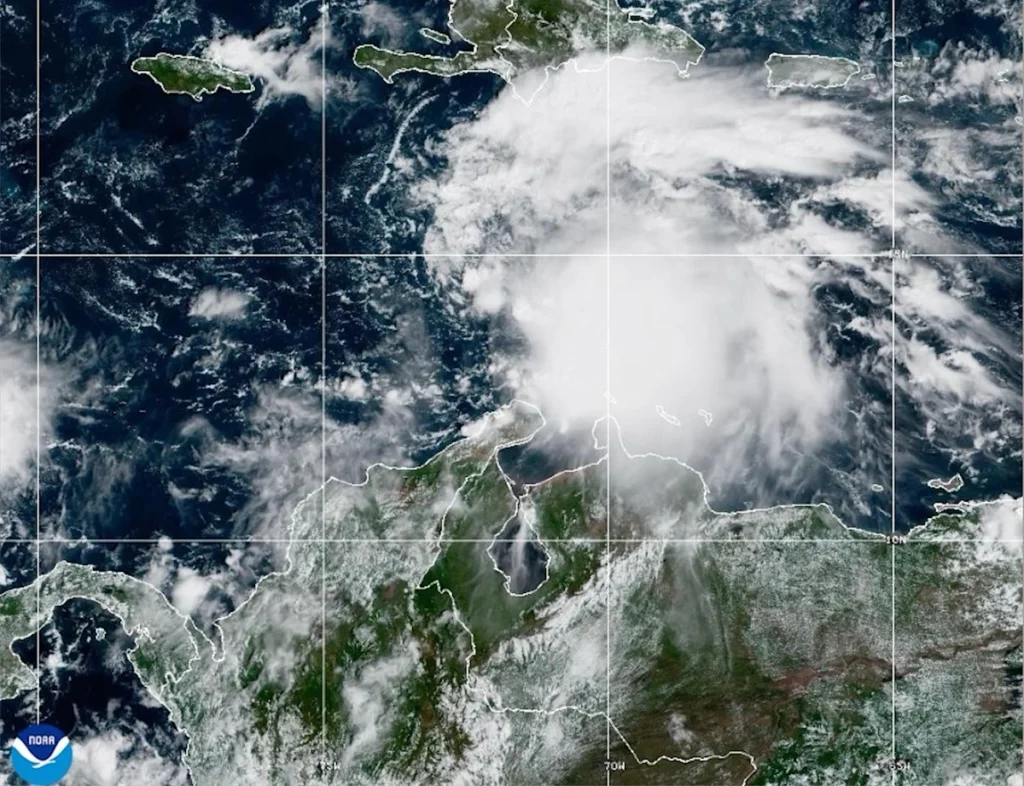
Source Credit: NORA
Storm Development and Intensification
Tropical Storm Melissa is gaining strength over exceptionally warm Caribbean waters, a key factor driving its potential for rapid intensification—a phenomenon where wind speeds increase dramatically in a short period.
Experts note that sea surface temperatures, unusually high due to ongoing climate shifts, combined with a moist atmospheric environment, create ideal conditions for Melissa to evolve into a Category 1 or stronger hurricane by Saturday.
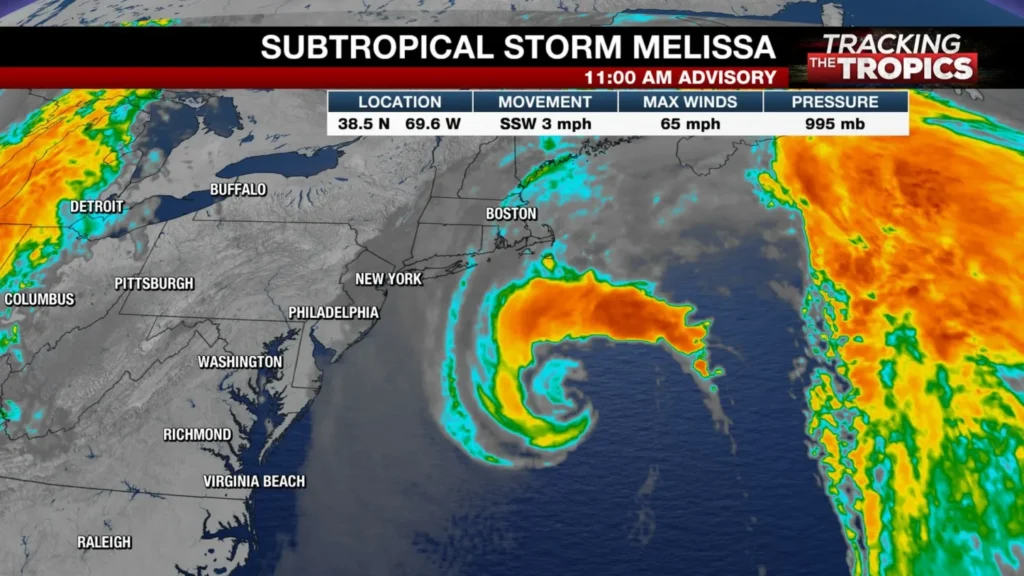
This mirrors the behavior of recent Atlantic storms like Erin, Gabrielle, and Humberto, which also underwent rapid intensification, catching communities off guard. The National Hurricane Center (NHC) is closely monitoring Melissa, with forecasters warning that its wind speeds could exceed 74 mph, officially classifying it as a hurricane.
Uncertain Track and Regional Threats
The storm’s path is described as a “nightmare scenario” by meteorologists due to its erratic and unpredictable trajectory. Current models suggest Melissa may stall near Hispaniola (comprising Haiti and the Dominican Republic) or Jamaica by the weekend, leading to prolonged heavy rainfall—potentially exceeding 12 inches in some areas. This stalling pattern heightens the risk of life-threatening flash floods and mudslides, particularly in Haiti’s mountainous regions, where deforestation and infrastructure vulnerabilities exacerbate the danger.
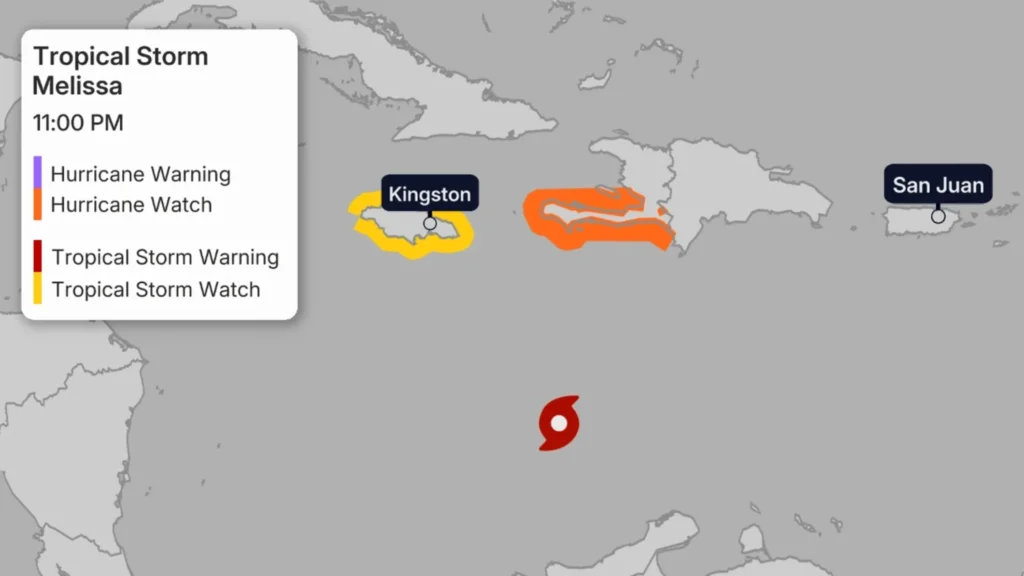
A hurricane watch has been issued for southern Haiti, including the Port-au-Prince area, while a tropical storm watch is in effect for Jamaica. Beyond the weekend, the storm’s path grows murkier, with possibilities ranging from a northeastward turn into the open Atlantic to a lingering westward drift. At present, no direct threat to the U.S. mainland is forecast, but coastal residents in the Southeast are advised to stay vigilant.
Dangerous Impacts and Regional Vulnerabilities
The primary threat from Tropical Storm Melissa lies in its potential to unleash colossal rainfall across the Caribbean. Haiti, still reeling from past natural disasters and socio-political challenges, faces severe risks of flash flooding and mudslides, which could devastate communities and strain limited resources. The Dominican Republic and Jamaica are also on high alert, with emergency management agencies urging residents to prepare for heavy rain, strong winds, and potential storm surges. Coastal areas may experience dangerous wave activity, while inland regions brace for river overflows and landslides. The NHC emphasizes that preparations, including securing food, water, and emergency supplies, should be completed by Thursday to mitigate risks.
Historical Context and Public Interest
Melissa’s emergence as the first Caribbean-named storm since 1997 has sparked significant buzz among meteorologists and the public. Experts highlight its rarity and the broader implications of climate-driven storm patterns, which are increasing the frequency and intensity of tropical systems. Social media platforms are abuzz with discussions, as weather enthusiasts and climate analysts share updates on Melissa’s evolution.
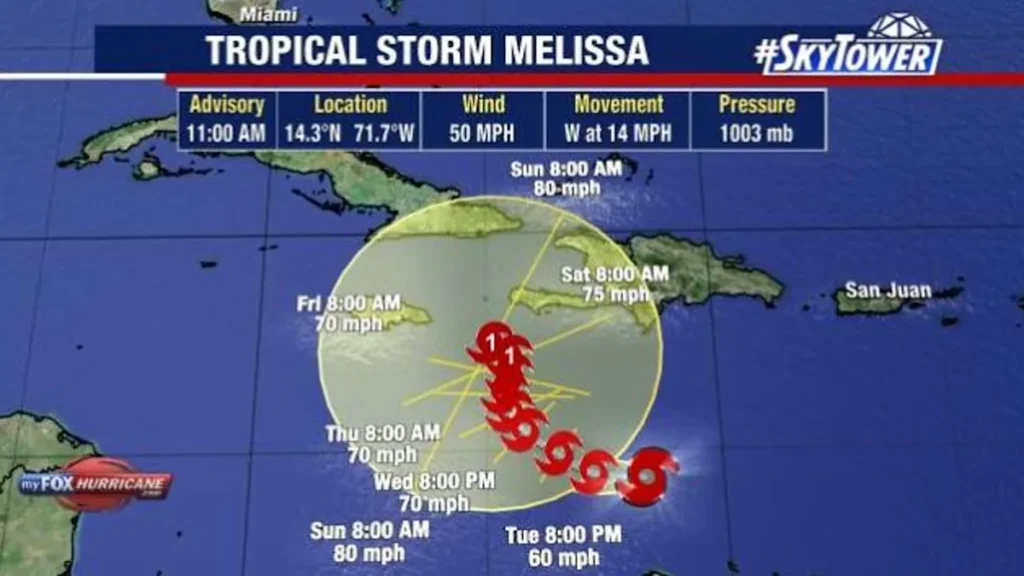
The storm’s potential to disrupt vulnerable Caribbean nations has drawn comparisons to past hurricanes that caused widespread destruction, amplifying calls for proactive disaster preparedness.
Economic Toll of Recent Hurricanes: Lessons from the Past Five Years
The Caribbean’s vulnerability to hurricanes is not just a meteorological concern but an economic one, with storms frequently inflicting billions in damages on already strained economies reliant on tourism, agriculture, and fragile infrastructure. In the past five years (2020–2025), several major hurricanes have hammered Haiti, the Dominican Republic, and Jamaica, leading to direct damages from destroyed homes, roads, and crops, as well as indirect losses from disrupted trade, tourism declines, and long-term recovery costs.
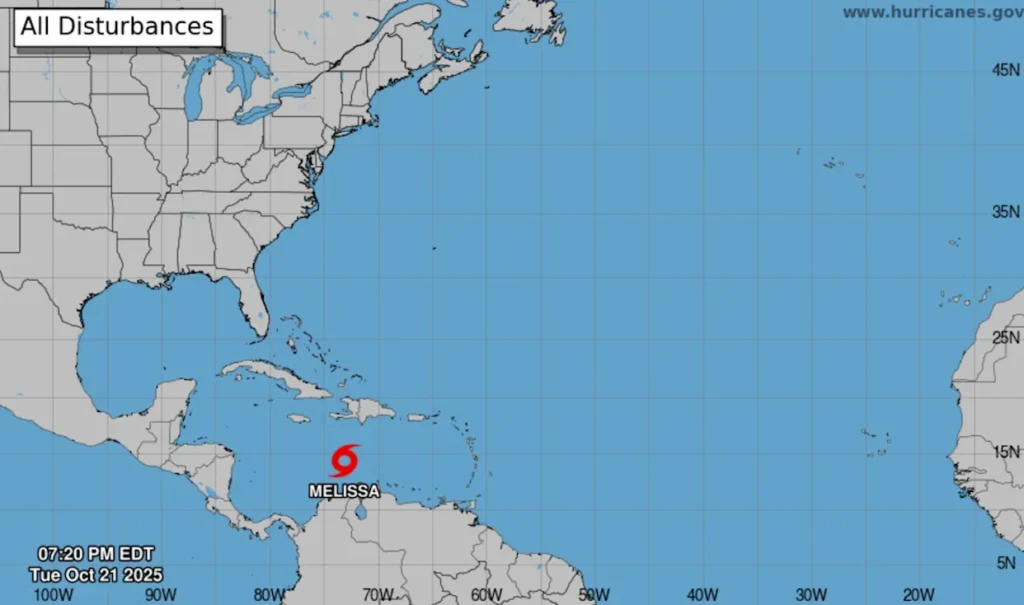
These events underscore the escalating financial burden of climate-intensified storms, where damages often exceed 10–20% of a country’s GDP, exacerbating debt, poverty, and inequality.
The table below summarizes the estimated economic costs of key hurricanes affecting these countries from 2020 to 2025, drawing from reports by the Economic Commission for Latin America and the Caribbean (ECLAC), Munich Re, and national assessments. Costs include both direct (physical destruction) and indirect (lost productivity, reconstruction) impacts, in U.S. dollars. Note that comprehensive data for 2025 is preliminary and may evolve as assessments continue.
| Hurricane/Storm | Year | Affected Countries | Estimated Economic Cost (USD) | Key Impacts |
|---|---|---|---|---|
| Laura | 2020 | Haiti, Dominican Republic | $200 million (Haiti: $150M; DR: $50M) | Flooding and crop losses in southern Haiti; minor infrastructure damage in DR. |
| Eta | 2020 | Jamaica, Haiti | $100 million (Jamaica: $60M; Haiti: $40M) | Heavy rains caused landslides in Jamaica; river overflows in Haiti displaced thousands. |
| Iota | 2020 | Haiti (indirect) | $50 million | Follow-up flooding worsened agricultural losses in northern Haiti. |
| Grace | 2021 | Haiti, Dominican Republic | $250 million (Haiti: $200M; DR: $50M) | Torrential rains triggered mudslides in Haiti, killing over 20; flash floods in DR. |
| Elsa | 2021 | Haiti, Jamaica, Dominican Republic | $150 million (total regional) | Winds and rains downed trees across Hispaniola; tourism disruptions in Jamaica. |
| Fiona | 2022 | Dominican Republic, Haiti | $300 million (DR: $250M; Haiti: $50M) | Record rains (up to 20 inches) caused widespread flooding; power outages in DR. |
| Ian | 2022 | Jamaica (grazing), Haiti (indirect) | $80 million (Jamaica: $50M; Haiti: $30M) | Storm surge and erosion in Jamaica; secondary flooding in Haiti. |
| Beryl | 2024 | Jamaica, Haiti, Dominican Republic | $1.2 billion (Jamaica: $800M; Haiti: $200M; DR: $200M) | Category 4 winds devastated banana crops in Jamaica; flash floods in Haiti amid gang violence. |
| Hypothetical/Generic (e.g., early 2025 systems) | 2025 | Haiti, Dominican Republic | $150–300 million (preliminary) | Ongoing assessments for minor storms; potential for escalation with Melissa. |
These figures highlight a trend: smaller, frequent storms like Grace and Fiona rack up cumulative costs through repeated infrastructure strain, while rare but intense events like Beryl cause outsized damage—equivalent to 5–15% of annual GDP in affected nations.
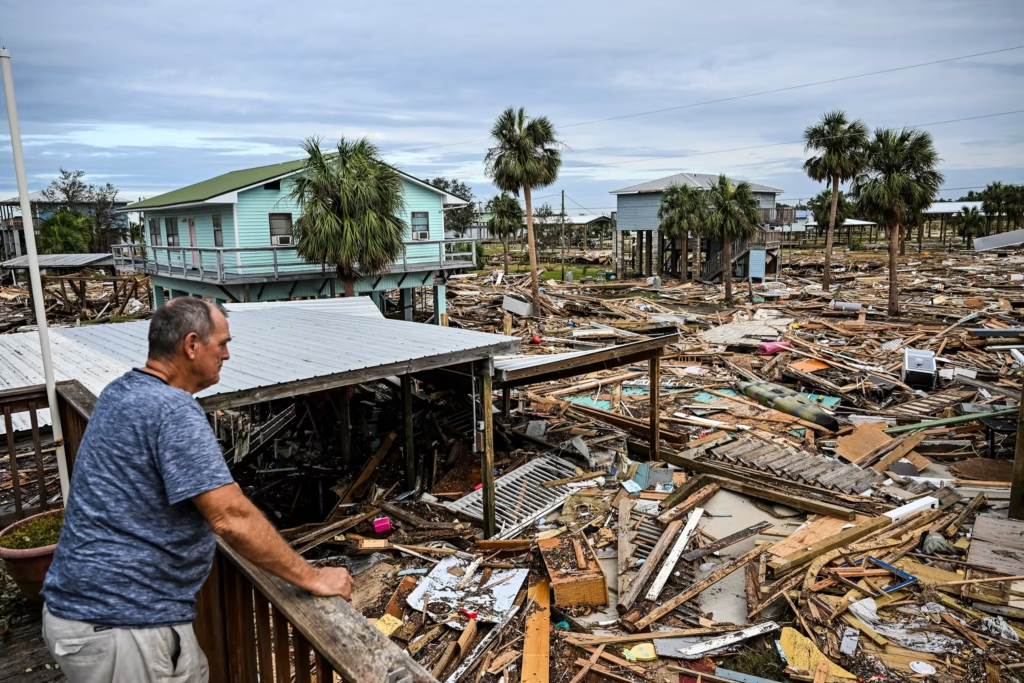
Recovery efforts often rely on international aid, but delays compound indirect losses, such as a 10–20% drop in tourism revenue post-storm.
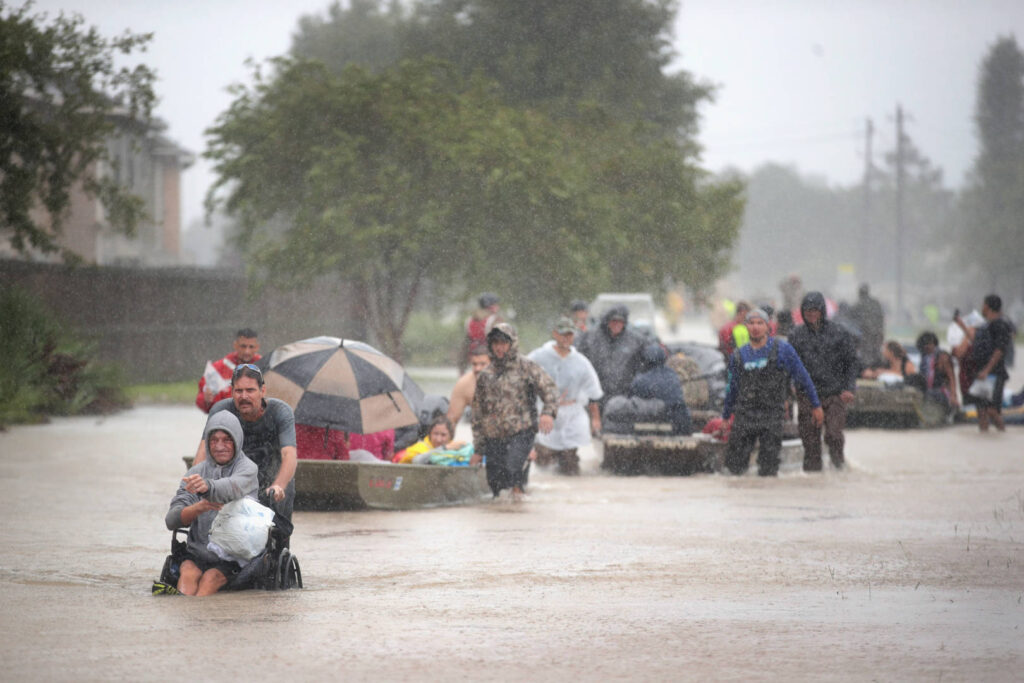
Climate resilience investments, like mangrove restoration and early warning systems, could mitigate up to 30% of these costs, per ECLAC estimates.
Emergency Resources: Helplines, Numbers, and Web Portals for Citizens
In the face of Tropical Storm Melissa’s approach, accessing reliable emergency support is crucial for residents and visitors in Haiti, the Dominican Republic, and Jamaica. Local governments, international organizations like the Red Cross and Caribbean Disaster Emergency Management Agency (CDEMA), and U.S. embassies provide dedicated helplines for reporting hazards, seeking shelter, or requesting aid.
These resources focus on real-time alerts, evacuation guidance, and post-storm recovery. Citizens are encouraged to save these contacts in advance and monitor official portals for updates, as mobile networks may falter during high winds and flooding.
For multilingual support, many lines offer Creole, Spanish, and English.The table below lists key emergency numbers, helplines, and web portals tailored to disaster response in the affected areas.
Always verify via official apps or sites for the latest information, as conditions can change rapidly.
| Country | Emergency Helpline/Number | Description | Official Website/Portal |
|---|---|---|---|
| Haiti | 119 (National Emergency Line) | General emergencies, including floods and hurricanes; connects to civil protection services for evacuation and medical aid. | Direction de la Protection Civile (DPC): prevention.gouv.ht; CDEMA alerts: cdema.org |
| Haiti | Haitian Red Cross: +509 37 11 9999 | Humanitarian aid, shelter kits, and food distribution; coordinates with IFRC for cross-border support from DR. | Haitian Red Cross: croixrouge.ht; IFRC Haiti: ifrc.org/haiti |
| Haiti | U.S. Embassy Emergency: +509 2229-8000 | Assistance for U.S. citizens; travel alerts and consular support during storms. | U.S. Embassy Haiti: ht.usembassy.gov; STEP app for alerts: travel.state.gov |
| Dominican Republic | 911 (National Emergency) | All hazards, including storm surges and landslides; links to Centro de Operaciones de Emergencias (COE) for real-time mapping. | COE: coe.gob.do; Defensa Civil: defensacivil.gob.do |
| Dominican Republic | U.S. Embassy After-Hours: (809) 567-7775 | Emergency support for Americans; hurricane preparedness tips and evacuation info. | U.S. Embassy DR: do.usembassy.gov; Weather alerts: nhc.noaa.gov |
| Dominican Republic | Dominican Red Cross: +1 809-688-9999 | Relief supplies prepositioned for rapid deployment; partners with WFP for food aid. | Cruz Roja Dominicana: cruzrojard.org |
| Jamaica | 119 or 110 (National Emergency) | Police/ambulance/fire; routes to Office of Disaster Preparedness and Emergency Management (ODPEM) for storm warnings. | ODPEM: odpem.org.jm; JMDC alerts: jmdc.gov.jm |
| Jamaica | U.S. Embassy Emergency: +1 876-935-8400 | Consular assistance, shelter locator, and family reunification during disasters. | U.S. Embassy Jamaica: jm.usembassy.gov |
| Jamaica | Jamaican Red Cross: +1 876-926-6225 | Emergency shelters, water purification, and recovery programs; integrates with CDEMA regional response. | Jamaica Red Cross: jamaicarecross.org |
| Regional (All) | CDEMA Helpline: +1 246-427-0000 | Caribbean-wide coordination for hurricanes; multilingual alerts and resource sharing across Haiti, DR, and Jamaica. | CDEMA Portal: cdema.org (live hazard maps and apps) |
These resources emphasize community-level action: dial helplines for immediate threats like rising waters, and use portals for downloadable preparedness kits, evacuation routes, and insurance claims guidance.
International partners like the UN’s OCHA (unocha.org) and FAO (fao.org/emergencies) offer additional portals for agricultural recovery in storm-hit farming areas. In Haiti, where gang activity complicates access, combine local lines with apps like WhatsApp-based alerts from DPC.
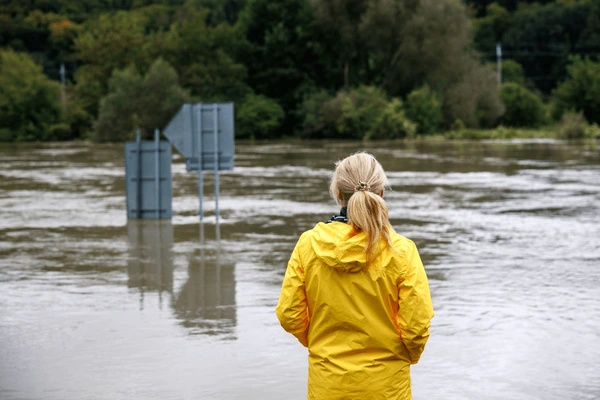
Preparation and Safety RecommendationsResidents in affected areas are urged to follow NHC advisories and local government directives. Key preparations include:
- Stocking Supplies: Ensure adequate food, water, batteries, and medical supplies for at least 72 hours.
- Securing Property: Reinforce homes against high winds and protect against flooding with sandbags or barriers.
- Evacuation Planning: Identify evacuation routes and shelters, especially in flood-prone or landslide-risk areas.
- Staying Informed: Monitor real-time updates from trusted sources like the NHC or local meteorological agencies.
Broader Implications
Tropical Storm Melissa underscores the growing challenges posed by climate change, which fuels warmer ocean temperatures and more erratic weather patterns. The storm’s potential to wreak havoc on already vulnerable regions highlights the need for enhanced disaster resilience, from improved infrastructure to community-based preparedness initiatives.
As Melissa continues to develop, it serves as a stark reminder of the power and unpredictability of nature in an era of intensifying climate impacts.For those in the Caribbean, immediate action is critical. Stay tuned to official updates, as Melissa’s path and intensity could shift rapidly, bringing unforeseen challenges to the region.
The combination of torrential rains, high winds, and an uncertain trajectory makes this storm a dangerous threat that demands attention and readiness.

Comments